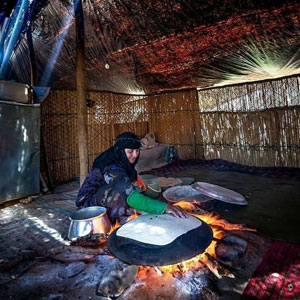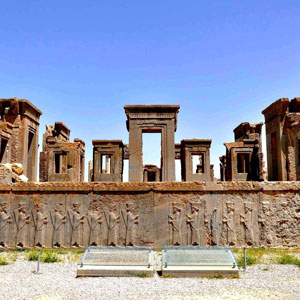 Signin with Google
Signin with Google Signin with Facebook
Signin with Facebook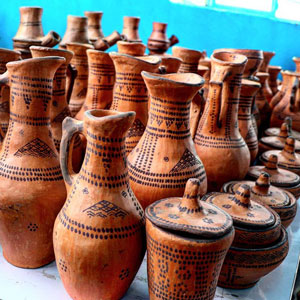
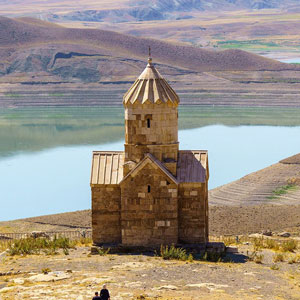 Culture,Places
Culture,PlacesBadgir, the Tower which Tempts the Wind
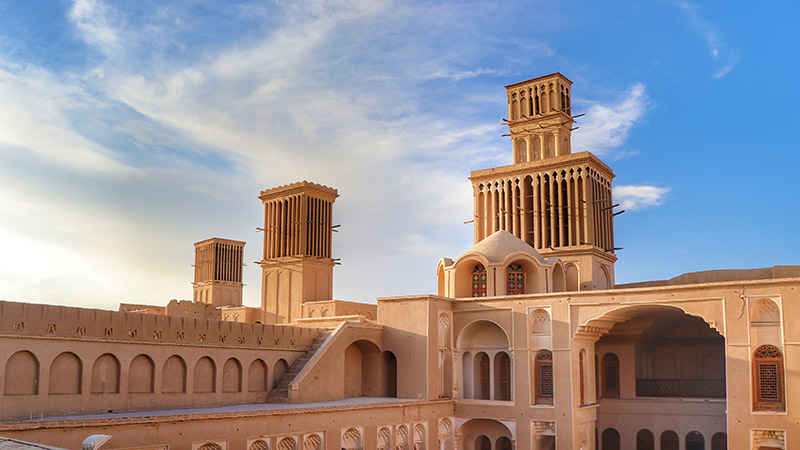
the ancient Persian cooling system
It traps the itinerant wind to bring fresh air to the living rooms of houses in dry climate regions of the Iranian plateau. This high adobe-brick tower has vents at the top in up to eight and mostly chill the space cooperating with stored water built beneath it.
The child of inhabitants' ingenuity in dry cities of Iran was born to serve mankind sustainably and remained the Persian native structure to be praised as unique ancestral knowledge. The ancient engineers of the desert invented this avant-gardist cooling system known as "Badgir".

People’s answer to the hot sun of the desert
"Badgir" is the traditional and ancestral feature of Persian architecture. Literally, "badgir" means windcatcher in the Persian language, and is also sometimes referred to as "wind tower". Built since antiquity, this creative system is meant to create passive ventilation inside the buildings.
They consist of a tall, chimney-like structure, rising up from a corner of the roofs. It somehow looks like a small tower, but with tiny vertical openings on one or several sides. From these openings enters the wind, which is directed downward to refresh the interior of the house. With the pressure difference inside the column, the hot airflow naturally goes up, while the cold one gets down.

A remarkable technology
Most of the time, a water pool was located right under the column. When the air meets the water, it creates natural evaporation, which also cools down the temperature of the room. Standing under one of these structures is impressive, as they work in any circumstances, even in the absence of a breeze. Looking up, one can see that the space inside the column is divided by ranges of bricks, which is another way to accelerate the movement of the airflow.
This extraordinary engineering system still inspires architects today, as it's a perfect example of a remarkable and environmentally friendly cooling system. Studies have shown that windcatchers can reduce the indoor temperature by around 10 degrees.
That's why in ancient Persia, they were always built upon water-reservoir and "Yakhchal", an ancient ice storage room, which is the forefather of our modern fridge. Badgirs would allow people to keep freshwater, meats and sometimes food, during the hot months of summer in the absence of a fridge in the past.

From Yazd, “The City of windcatchers”, to the Persian Gulf
Nowadays, windcatchers are one of the most famous and picturesque features of Persian cities. They can be found in many places in Iran, particularly in the cities close to the central deserts and all along the Persian Gulf. Yazd counts an incredible number of beautiful badgirs, that's why it is known as "The city of Windcatchers". It's also in its Unesco-listed garden, Dowlat Abad that stands the tallest windcatcher in the world, up to 34 meters. Yet it is not the end border for these imposing structures as from the capital of Iran down to the Persian Gulf shore Badgirs monarchy is stretched. Yazd, Kerman, Qeshm Island, Bushehr, Khuzestan possess the most impressive windcatchers in Iran.

Depending on the different cities, badgirs have specific designs and shapes. In Yazd, most windcatchers are four or eight-sided, often rectangular. But they can also be hexagonal, octagonal, and opened on only one side. These differences are meant to adjust to the local climate. For instance, in Meybod, a city about 50 kilometres from Yazd, windcatchers are opened only on one side and are smaller. Yazd is protected by the mountains; but it's not the case of Meybod which experiences harsh, dusty winds coming from the desert. Thus, the single openings of the badgirs are directed on the opposite side of the airflow, to prevent the dust from entering the houses.
Spread all over the region since the 5th century
Additionally, badgirs have been decorated with aesthetic purposes all along with history, with carved arches, bricks, etc. The earliest reference to these incredible creative systems dates back to the 5th century. However, due to the fragility of these structures, the oldest example in Iran dates back to the 14th century only. As Persian architecture has largely influenced its neighbouring countries, windcatchers can be found in the whole Middle East, as well as North Africa and up to India.
Along with Persian Qanat, an underground water channel listed by the UNESCO as world heritage, Badgirs are a representative of the creative genius of Persia, which can still be appreciated by local populations, while constituting amazement for the visitor's eyes.

